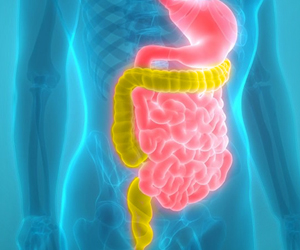Park Ridge: The United States Department of Agriculture (USDA) has made available a proposal to revamp the Special Supplemental Nutrition Program for Women, Infants and Children, called the WIC in short. The USDA's proposal will look at reducing the quantity of eggs, milk and juice that form a part of the food packages. The proposal has indicated that the monthly quota for eggs be brought down from two and a half dozen eggs to one dozen for children, pregnant women and partially breastfeeding women and two dozen for fully breastfeeding women.
Based on the proposed rule, the monthly allowance for eggs would be reduced from 2 to 2 1/2 dozen eggs to one dozen for children, pregnant women and partially breastfeeding women, and from 2 to 2 ½ dozen to two dozen for fully breastfeeding women."Eggs provide several nutrients, such as protein, iron, folate, and vitamins B6 and B12, which play an important role in the health of the women and children enrolled in WIC," said Donald J. McNamara, Ph.D., Executive Director of the Egg Nutrition Center. "A reduction in eggs would make it more difficult for WIC participants to meet their nutrient needs."
Specifically, eggs are one of the most convenient and economical source of protein. They also provide a type of iron, called heme iron, that is particularly well absorbed by the body. Additionally, eggs are an excellent source of choline, an essential nutrient that has recently been shown to play an important role in infant brain and memory development. Eggs are also widely enjoyed by the culturally-diverse WIC recipients.
Further, dietary cholesterol should not be a nutrition concern for the WIC population of young women and children. The current body of research shows that the 212 mg of cholesterol in a large egg does not contribute to cardiovascular disease risk, since egg intake does not measurably increase the level of small LDL-cholesterol in the blood that is believed to be atherogenic.
(Source: EurekaAlert)











